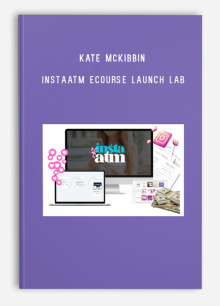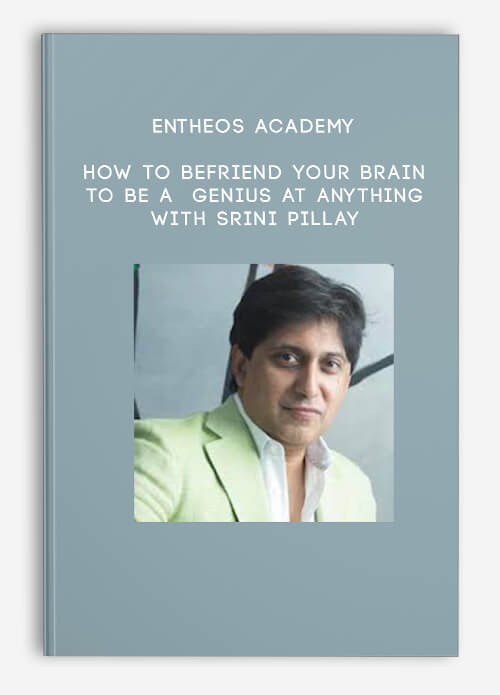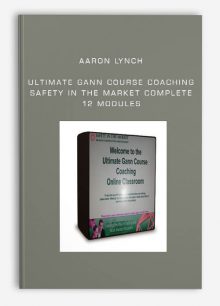-
×
 Authority Marketer from Kim Klaver
1 × $47.00
Authority Marketer from Kim Klaver
1 × $47.00 -
×
 Pristine – Ron Wagner – Creating a Profitable Trading & Investing Plan + Techniques to Perfect Your Intraday GAP
1 × $25.00
Pristine – Ron Wagner – Creating a Profitable Trading & Investing Plan + Techniques to Perfect Your Intraday GAP
1 × $25.00 -
×
 Kate McKibbin – Instaatm eCourse Launch Lab | Digital Download
1 × $39.00
Kate McKibbin – Instaatm eCourse Launch Lab | Digital Download
1 × $39.00 -
×
 Pristine – Greg Capra – Intra-Day Trading Tactics
1 × $25.00
Pristine – Greg Capra – Intra-Day Trading Tactics
1 × $25.00
Subtotal: $136.00











Reviews
There are no reviews yet.